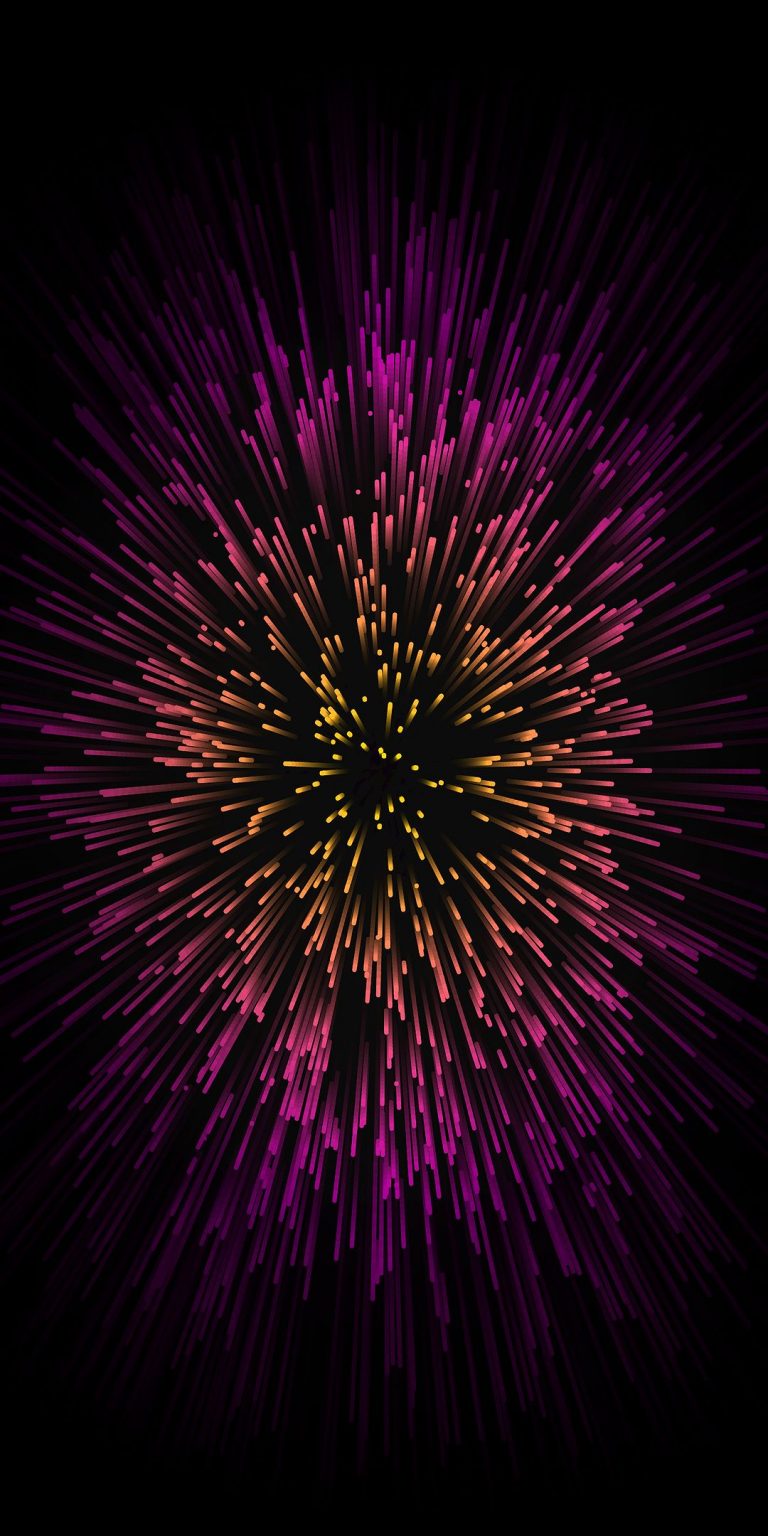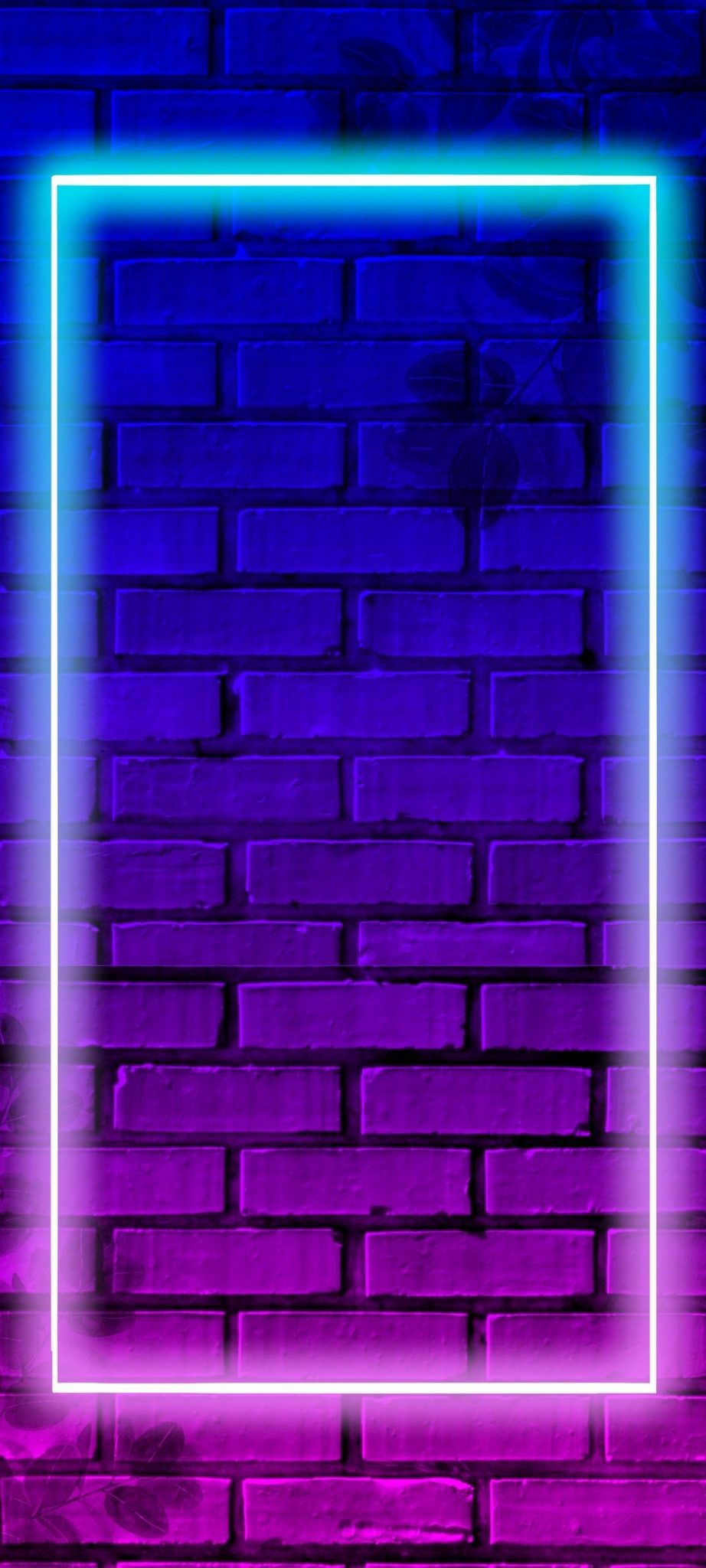
We could have written this in several other ways, all of which are valid. …where it is assumed that the location of the gradient starts at the very center of the element ( 50% 50%) and is evenly distributed between the twi color values. Any color value is accepted here, including hex, named, RGB and HSL. color-stop: These are color values that define the gradient.Abstract blurred colorful gradient background, in soft style. We can also specify an exact position using a numeric value, including percentage, all of which are relative to the element’s bounding box. Browse 67,505 red and blue gradient stock photos and images available, or search for red and blue gradient background to find more great stock photos and pictures. That means top, right, left, and center all work here, as well as combinations where two named values (e.g. position: This works very much the same way that it does on background-position.Again, negative values are a no-no, but percentages are fair game since the size is relative to the gradient box rather than the element. or percentage: A second numeric value can be provided to declare the explicit size of an ellipse, but not a circle.Sorry, no negative units or percentages allowed because a negative circle would be vacuum and percentages can be relative to any number of surrounding values. This has to be stated in positive pixels or relative units. radius: We can specify a numeric value that serves as the circle’s radius.Select from premium Red Blue Gradient Background of the highest quality. farthest-corner: The opposite of closest-corner, where the gradient ends at the corner that is located furthest from the shape’s center. Find the perfect Red Blue Gradient Background stock photos and editorial news pictures from Getty Images.closest-corner: The gradient will end at the corner that matches as the closest to the shape’s center.farthest-side (default): The opposite of closest-side, where the gradient will end at the side furthest from the shape’s center.If two sides match this criteria, then it will be evenly distributed. closest-side: The gradient will end at side closest to the center of the shape.Visit the site to select a blue background gradient. Why is the sea blue Because the sky is blue. This can be expressed by name or an exact measure of length. Related search: Blue Gradient The fields of use of the blue in the design are unlimited. size: Influences the ending shape of the gradient by taking the shape value and instructing where the gradient should end based on the center of the shape.For example, an element that is a perfect square would be a great match for circle whereas anything rectangular is ripe for ellipse. We can omit this value and the notation will measure the element’s side lengths to determine whether one value better matches the situation.


Since we’re talking about radial gradients, the shapes are limited to being circular in nature. shape: Determines the shape of the gradient follows when transitioning outward, from one color to the next.The radial-gradient notation accepts the following values:


 0 kommentar(er)
0 kommentar(er)
